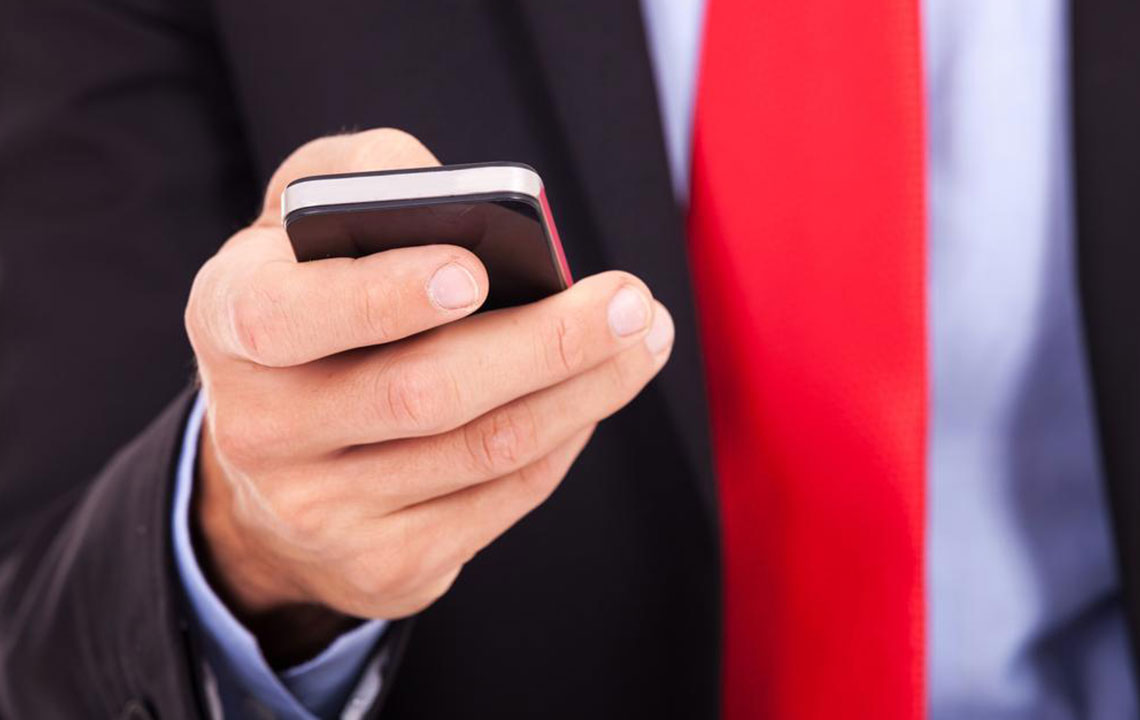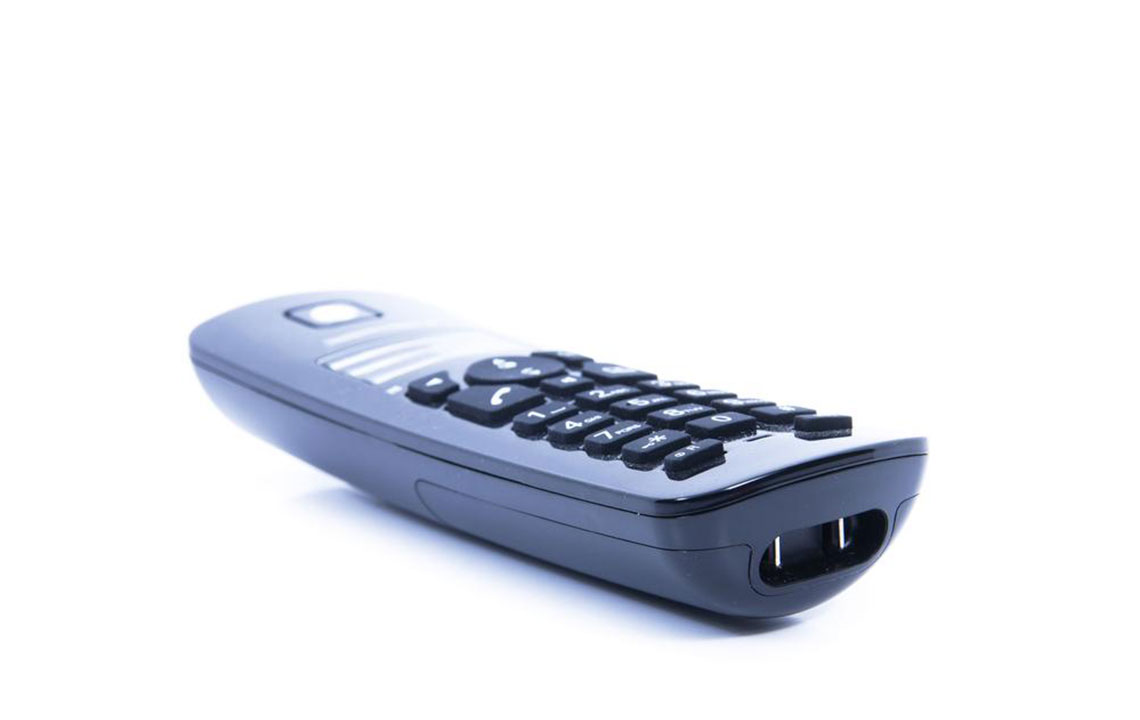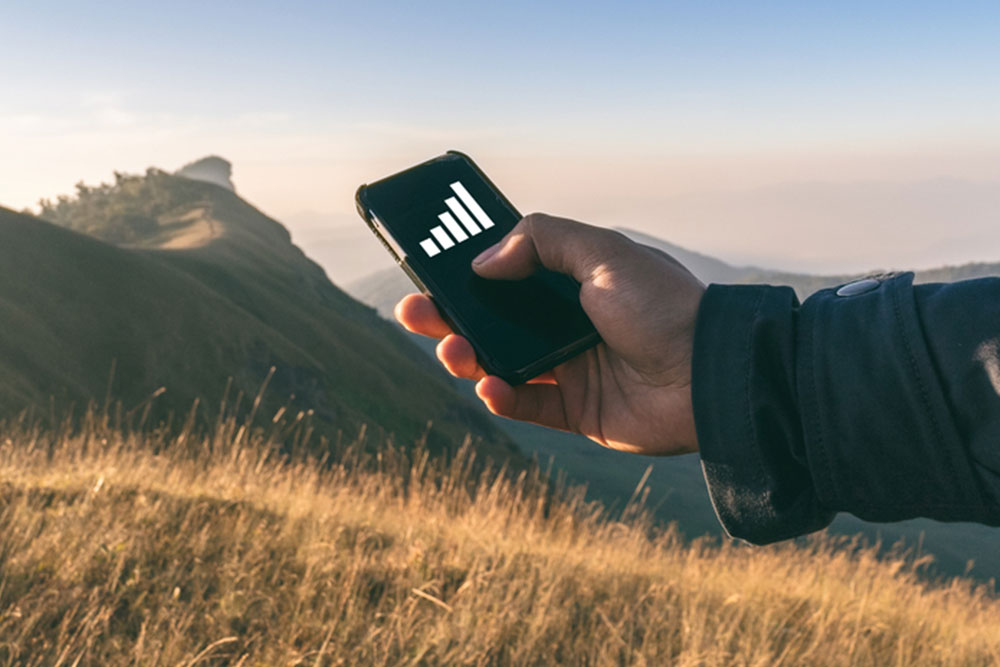Comprehensive Guide to Qualifying for SafeLink Wireless’s Lifeline Assistance Program
Discover how to qualify for SafeLink Wireless's Lifeline Assistance Program, aimed at providing low-income households with free mobile phones and plans. Learn about eligibility criteria, application steps, device options, and coverage details. This comprehensive guide ensures you understand how to access affordable communication services and stay connected without financial strain.

Comprehensive Guide to Qualifying for SafeLink Wireless’s Lifeline Assistance Program
SafeLink Wireless, a leading provider operated by Tracfone Wireless, offers a vital service: free mobile phones and plans to eligible individuals through the federal Lifeline program. This initiative aims to bridge the digital divide by providing affordable connectivity solutions to low-income households across the United States. Funded primarily by the Universal Service Fund overseen by the Federal Communications Commission (FCC), the program is designed to ensure that every eligible person can access the essential communication tools necessary for modern life. This detailed guide will walk you through the eligibility criteria, application procedures, and plan options so that you can determine whether you qualify for SafeLink’s Lifeline assistance program.
Understanding Eligibility Criteria for SafeLink’s Lifeline Program
Connecting to reliable mobile service should not be a privilege reserved for only those who can afford it. SafeLink’s Lifeline program is designed specifically for low-income households, ensuring that everyone has access to basic communication services. To qualify, applicants need to meet specific income eligibility requirements or participate in qualifying federal assistance programs. This section will clarify these requirements to help you understand whether you are eligible.
Income-Based Eligibility
If your household income is at or below 135% of the federal poverty guidelines, you may qualify for the Lifeline program. The guidelines are updated annually and vary based on household size and location. For example, for a family of four in 2023, the annual income limit was approximately $36,075, although this figure will be updated for subsequent years. To determine if your income qualifies, you may need to provide recent pay stubs, tax returns, or other income documentation during your application process.
Eligibility via Federal Assistance Programs
Many individuals automatically qualify based on participation in specific government assistance programs. These include:
Veterans and Survivors Pension Benefit
Medicaid
Supplemental Security Income (SSI)
Federal Public Housing Assistance (FPHA)
Supplemental Nutrition Assistance Program (SNAP), commonly known as Food Stamps
Additionally, in some states, residents enrolled in programs such as Tribally-Administered Temporary Assistance for Needy Families (TTAF), Bureau of Indian Affairs (BIA) support programs, Food Distribution on Indian Reservations, and Tribal Head Start may also qualify. These provisions ensure tribal communities have equitable access to communication services, recognizing the unique needs of these populations.
How to Apply for Lifeline Assistance with SafeLink Wireless
Applying for the Lifeline program through SafeLink Wireless is designed to be straightforward, emphasizing simplicity and accessibility. Each household is limited to one Lifeline account, and applicants must submit a completed application form along with valid proof of eligibility. This process can often be completed online, by mail, or through a designated partner agency in your area.
Step-by-Step Application Process
Gather necessary documentation such as proof of income (pay stubs, tax returns) or proof of enrollment in qualifying assistance programs.
Complete the application form available on the SafeLink website or from authorized partners.
Submit your application along with supporting documents either online, by mail, or in person.
Wait for approval, which typically takes a few business days; you will receive confirmation if approved.
If approved, SafeLink will assign you a phone and plan, which can be activated immediately or upon receipt.
It's essential to keep your information updated. If you move or if your circumstances change such that you no longer meet the eligibility criteria, you are required to notify SafeLink within 30 days to avoid service disruptions.
Renewal and Recertification
To maintain your Lifeline benefits annually, recertification is required. This process involves confirming your eligibility status and updating any documentation needed. SafeLink typically sends reminders for renewal; however, it’s advisable to stay proactive and renew promptly to continue enjoying uninterrupted service.
What Plans and Devices Are Available through SafeLink?
One of SafeLink’s key advantages is its flexibility in device options and plan plans tailored for different user needs. Customers can choose to bring their own compatible, unlocked phones or opt for a free device provided by SafeLink, depending on inventory availability. GSM phones tend to be the most compatible with SafeLink’s network, making it easy for users to utilize their existing devices.
Bring Your Own Phone
If you have a compatible GSM or unlocked smartphone, you can activate SafeLink services on your device. Benefits include additional features such as unlimited texting, 350 voice minutes per month, 1.5GB of free data for the first three months, and the ability to purchase extra minutes or data online. This flexibility allows users to maximize their plans based on their individual communication needs.
SafeLink’s Free Device Options
If you prefer or require a new device, SafeLink offers a selection of affordable smartphones, including popular models like Alcatel, Motorola, LG, and Samsung. These devices come with essential features such as a 1GB data plan, unlimited texts, 350 talk minutes, voicemail, caller ID, and directory assistance—all at no cost if you qualify for the program. The process of transferring existing benefits to a new device or switching from your current provider is seamless, making it accessible for most users.
Additional Plans and Add-Ons
For those seeking extra data, minutes, or features, SafeLink’s website provides options to purchase additional services easily. These add-ons cater to users with higher communication needs or those who want to customize their plans further. Moreover, for users interested in smartphones but unable to afford new devices, the program also includes options to buy entry-level smartphones for as low as $39, allowing greater connectivity options for all.
Coverage Area and Availability of SafeLink Wireless
SafeLink Wireless boasts a broad reach, serving over 40 states and territories nationwide. The service coverage is extensive, ensuring that most residents can access their plans regardless of where they live. To verify whether SafeLink service is available in your area, users can simply visit their official website and enter their ZIP code. The site provides real-time information on coverage and available plans, making it easy to determine eligibility and plan options based on your location.
Why Choose SafeLink Wireless?
SafeLink Wireless stands out as a reliable, affordable, and accessible mobile service provider dedicated to serving low-income communities. Its widespread coverage, flexible device options, and straightforward application process make it an excellent choice for individuals seeking dependable, no-cost communication services. Reliable customer support and ongoing program updates ensure that users can stay connected without the financial burden often associated with mobile plans.
Summary
Whether you're qualifying through income or participation in assistance programs, SafeLink Wireless's Lifeline program provides a vital lifeline for millions of Americans. The application process is simple, the device options are flexible, and the coverage is extensive. If you meet the eligibility criteria, taking advantage of this program can significantly reduce your monthly communication costs and help you stay connected to family, emergency services, and vital community resources.





